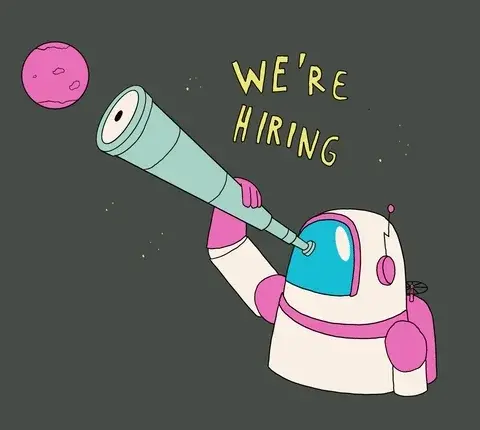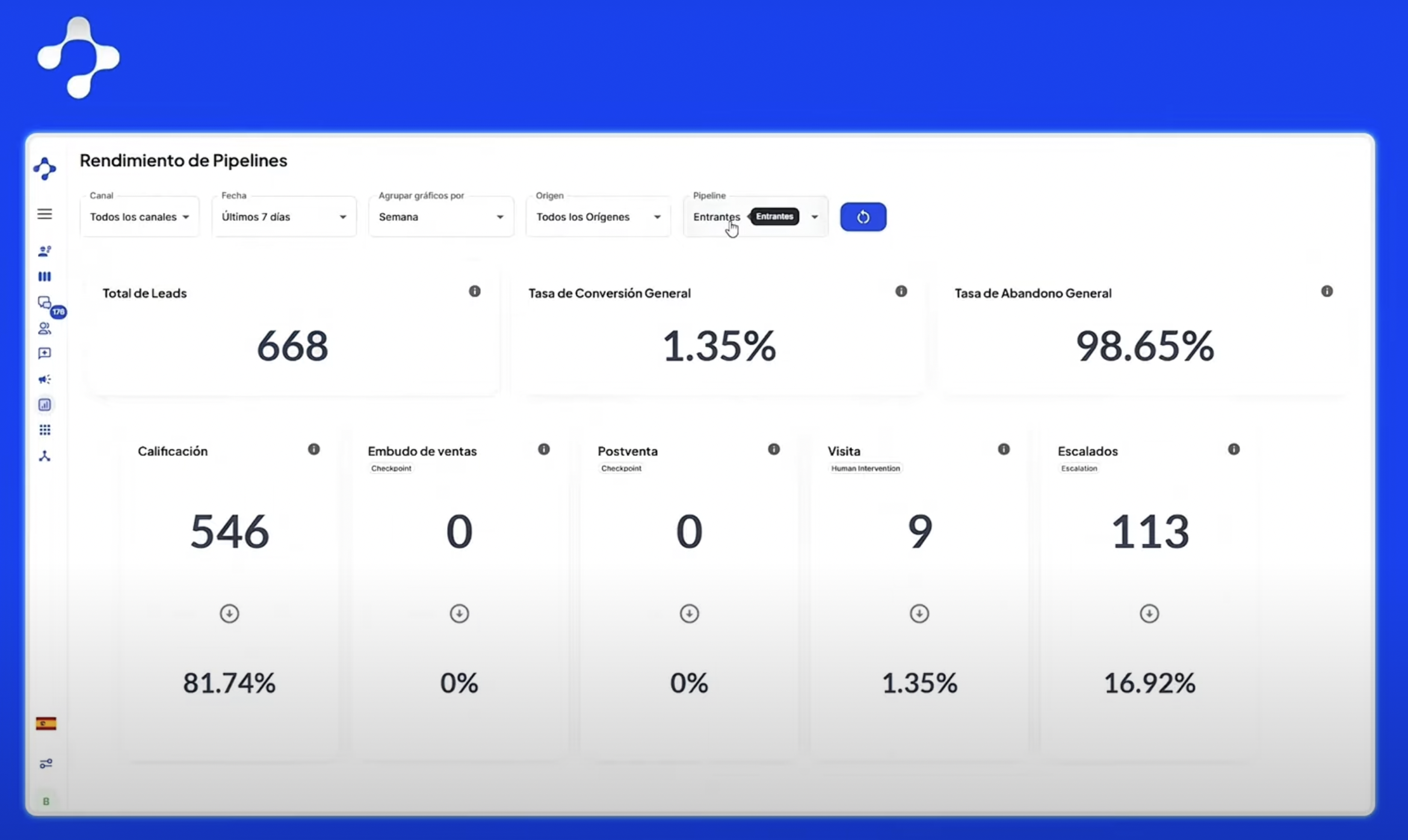The seamless customer journey and sales funnel play a crucial role in digital marketing success. Understanding the customer journey and mapping its stages is vital. Integrating the customer journey with the sales funnel brings several benefits and allows for optimization strategies. Personalization, segmentation, and leveraging data are key factors in creating a seamless customer experience. This article explores these concepts and their impact on achieving marketing success. Keep reading to discover the significance of aligning the customer journey with the sales funnel.
Understanding the Customer Journey
In order to optimize the customer journey and create a seamless experience, it's crucial to have a clear understanding of what the customer journey entails and its different stages. This section will define the customer journey and delve into the importance of mapping it effectively.
Defining the Customer Journey and Its Stages
The customer journey refers to the process that a customer goes through from the initial point of contact with a brand to becoming a loyal customer. It involves all the interactions and touchpoints that occur along the way.
Within the customer journey, there are distinct stages that customers typically go through. These stages may vary depending on the industry or specific circumstances, but they generally include awareness, consideration, purchase, and post-purchase.
Importance of Mapping the Customer Journey
Mapping the customer journey is essential for several reasons. Firstly, it provides marketers with a comprehensive view of the entire customer experience, enabling them to identify pain points, opportunities for improvement, and areas for personalization.
By understanding the customer journey, marketers can better tailor their marketing strategies and communications to meet the specific needs and preferences of customers at each stage. This leads to a more seamless and engaging experience for the customer.
Mapping the customer journey also helps in identifying gaps or inconsistencies in the sales funnel. It allows marketers to optimize the flow of customers through the funnel, ensuring a smooth transition from one stage to another.
Ultimately, mapping the customer journey enables marketers to create a cohesive and personalized experience that resonates with the customer throughout their entire journey with the brand.
The Sales Funnel: A Guide
In this section, we will delve into the concept of a sales funnel and explore its key stages. Understanding the sales funnel is essential for optimizing your marketing efforts and driving conversions effectively.
Explaining the concept of a sales funnel
A sales funnel is a visual representation of the customer journey from initial awareness to final conversion. It illustrates the different stages that a prospect goes through before making a purchase decision. The sales funnel provides a framework for marketers to understand and optimize their strategies at each stage to move prospects closer to the final conversion.
At the top of the funnel, we have the awareness stage, where potential customers become aware of your brand, products, or services. This is followed by the interest stage, where prospects begin to show interest and engage further with your offerings. The evaluation stage comes next, where prospects compare and evaluate your offerings against competitors. Finally, at the bottom of the funnel, we have the conversion stage, where prospects make a purchase decision and become customers.
Key stages of the sales funnel
Understanding the key stages of the sales funnel is crucial for developing effective strategies to move prospects smoothly through the funnel.
Awareness Stage:
- Attracting potential customers through various marketing channels, such as content marketing, social media, and advertising.
- Creating brand awareness and capturing the attention of your target audience.
Interest Stage:
- Nurturing the interest of prospects by providing valuable content, product demonstrations, and personalized experiences.
- Engaging prospects through email marketing, webinars, and other lead generation tactics.
Evaluation Stage:
- Helping prospects evaluate your offering's value, benefits, and unique selling proposition.
- Providing social proof, customer testimonials, and case studies to build trust.
Conversion Stage:
- Facilitating the purchase process with clear calls-to-action, streamlined checkout, and a seamless user experience.
- Providing excellent customer service and support to ensure a smooth transition from prospect to customer.
By understanding these key stages and optimizing your marketing efforts accordingly, you can guide prospects smoothly through the sales funnel and increase conversion rates.
Integrating the Customer Journey and Sales Funnel
The integration of the customer journey and sales funnel offers numerous benefits for digital marketing success. By aligning these two concepts, businesses can optimize their marketing efforts and enhance the overall customer experience. Here we explore the benefits of aligning the customer journey with the sales funnel and discuss strategies to optimize the customer journey within the sales funnel.
Benefits of aligning the customer journey with the sales funnel
- Maximized conversion rates: Aligning the customer journey with the sales funnel allows for a seamless transition from one stage to another, increasing the likelihood of conversion at each step.
- Improved customer experience: By understanding the customer journey and incorporating it into the sales funnel, businesses can provide a personalized and targeted experience, catering to the specific needs and preferences of their customers.
- Enhanced customer retention: When the customer journey and sales funnel are integrated, businesses can nurture customer relationships and focus on retention strategies, increasing the loyalty and lifetime value of customers.
- Efficient resource allocation: By aligning the customer journey with the sales funnel, marketers can identify areas of improvement and allocate resources effectively, targeting specific touchpoints and stages where there may be gaps or bottlenecks.
Strategies to optimize the customer journey within the sales funnel
Optimizing the customer journey within the sales funnel requires a comprehensive approach that combines data-driven insights, personalization, and effective communication. Here are some strategies to consider:
Mapping the customer journey:
- Identify and understand the stages of the customer journey, from initial awareness to final conversion. This will help you map out the touchpoints and interactions that occur at each stage, allowing for more targeted marketing efforts.
- Use analytics and customer data to gain insights into customer behavior and preferences at each stage. This will enable you to create relevant and personalized messaging that aligns with their needs.
Implementing personalization and segmentation:
- Segment your audience based on their characteristics, behaviors, and interests. This enables you to deliver customized messages and offers tailored to their specific needs, increasing engagement and conversion rates.
- Leverage marketing automation tools to deliver personalized content and automate communication based on customer actions and preferences. This ensures consistent and relevant messaging throughout the customer journey.
Enhancing communication and interaction:
- Provide a seamless and consistent omni-channel experience, allowing customers to interact with your brand through various touchpoints, such as social media, website, email, and mobile apps.
- Implement proactive communication strategies, such as personalized follow-ups, abandoned cart reminders, and post-purchase support, to maintain engagement and guide customers towards conversion.
By employing these strategies, businesses can optimize the customer journey within the sales funnel, driving conversion rates, enhancing customer satisfaction, and ultimately achieving digital marketing success in today's competitive landscape.
Creating a Seamless Customer Experience
Creating a seamless customer experience is essential in today's digital landscape. It involves personalization and segmentation, as well as leveraging data to enhance the overall customer journey. Let's explore the importance of these strategies in more detail:
Importance of Personalization and Segmentation
In order to provide a seamless customer experience, personalization and segmentation play a crucial role. By tailoring your marketing efforts and messaging to specific customer segments, you can create a more targeted and relevant experience. This allows you to address the unique needs and preferences of different customer groups, ultimately increasing engagement and conversion rates.
Personalization can be achieved through various tactics, such as customized product recommendations, personalized emails, and targeted advertising. By delivering content and offers that resonate with each customer segment, you can create a sense of individualized attention and make customers feel valued.
Leveraging Data to Enhance the Customer Experience
Data is a powerful tool that can significantly enhance the seamless customer experience. By collecting and analyzing customer data, you can gain valuable insights into their behaviors, preferences, and needs. This information can then be used to tailor your marketing strategies and deliver personalized experiences at every touchpoint.
By leveraging data, you can anticipate customer needs and provide proactive support. For example, by tracking customer interactions on your website or app, you can identify potential pain points and address them before they become issues. This level of attentiveness and proactiveness can lead to increased customer satisfaction and loyalty.
In addition, data can also be used to measure the effectiveness of your marketing efforts and optimize your strategies accordingly. By analyzing key metrics such as conversion rates, customer retention, and customer lifetime value, you can make data-driven decisions that drive continuous improvement and success.
Conclusion
Creating a seamless customer experience requires a combination of personalization, segmentation, and data utilization. By understanding your customers' needs and preferences, and leveraging data to deliver targeted and relevant experiences, you can build stronger customer relationships, increase engagement, and drive business growth in the digital era.
In today's digital landscape, creating a seamless customer experience is crucial for businesses looking to stay competitive. By focusing on personalization and segmentation, businesses can tailor their interactions with customers, enhancing their overall journey. Leveraging data allows for a deeper understanding of customer preferences and behaviors, enabling businesses to provide relevant and targeted experiences.
Importance of Personalization and Segmentation
Personalization and segmentation are essential strategies for creating a seamless customer experience. By personalizing interactions, businesses can make customers feel valued and understood. This can be achieved through targeted messaging, personalized recommendations, and customized offers. In addition, segmentation allows businesses to group customers based on their characteristics, behaviors, and preferences. This enables businesses to deliver relevant content and experiences to specific customer segments.
Leveraging Data to Enhance the Customer Experience
Data plays a critical role in enhancing the customer experience. By leveraging data analytics, businesses can gain insights into customer behaviors, preferences, and pain points. This information can be used to optimize marketing campaigns, improve product offerings, and refine the customer journey. Businesses can also use data to anticipate customer needs and deliver proactive, personalized solutions. This level of understanding and anticipation creates a seamless customer experience that meets and exceeds customer expectations.
Summarizing the Key Takeaways and the Impact of a Seamless Customer Journey and Sales Funnel
Creating a seamless customer journey and aligning it with the sales funnel is crucial for digital marketing success. Understanding the customer journey, mapping it to the sales funnel, and integrating personalized experiences are key steps in optimizing the customer journey. By leveraging data and focusing on personalization and segmentation, businesses can create a seamless customer experience that fosters loyalty and drives conversions. Taking these steps can have a significant impact on conversions, customer retention, and overall marketing success.
.png)




















